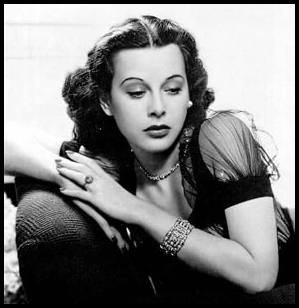Part 2: ‘Framing’ Photographs (Digital Framing)
Single Stroke or Solid Line Digital Framing
In my Part 1 post on this subject (here) I covered artistic or fancy digital framing. But, as I pointed out in that post, no serious photographer ever uses ‘fancy’ digital framing except on vary rare occasions—possibly on one or two pictures in a 50 picture wedding album.
Mostly what they use is known as stroke or solid line framing. As the naming suggests stroke or solid line framing involves putting one or more strokes or solid lines (outlines) around the picture as the frame.
Actually it can involve one, two, or three solid lines (strokes) around the picture making up the frame.
The most common, as you might expect, is the single stroke frame. The most common ‘colour’ used for single stroke framing is black as shown in the following two examples plucked at random from other postings at this site—and, yes, you can click the pictures to go to the posting containing the images shown.
A single stroke black border or framing is almost always used to outline text images such as the example at right above.

One thing that has to be considered with a stroke outline frame is how thick to make it. If the picture is going to be published via a computer screen, that is, on the Web, then the stroke size will be in pixels and the typical weights (i.e., widths) are 2, 4, 6, 8, or 10 pixels. If the picture is going to be printed then the stroke size will usually be in millimetres and are typically 0.6, 0.8, 1.0, 1.6, or 2.0.
The stroke width on the two images above is 4 pixels. The stroke width on the Hedy Lamarr picture is 8.
As effective as it generally is, black is not the only option when considering a single stroke border or frame for a digital pictures. Stroke borders are often not black, especially when the pictures are being posted on the Web.
The general rule-of-thumb for a non-black stroke border is to ‘key’ a hard (non-pastel) colour from somewhere near the centre of the picture. This is basically the same rule used when pictures used to be mounted on flush card mounts (and I have done hundreds of those in my day).

The stroking in the picture at left was keyed off Isla’s shorts, and in the picture above it is pretty obvious what was used to pick the stroking colour.
Even though it generally works well, keying off a hard colour near the centre of the image is only a general rule. It is not necessary to always key off a hard colour or to key off a colour near the centre of the image, or for that matter to even key from a colour used anywhere in the picture. Basically you do whatever works for the picture you are framing.
Interestingly I could not find any examples (after checking about 100 posts) where I have not used the basic stroking rule so I have had to cobble up a couple of quick examples to show that you don’t HAVE to key off a hard colour near the centre of the picture for the stroke colour.


For the picture of Rosie I have keyed the stroking using the pastel blue from the lights on the bridge in the top right of the picture.
Oh … neither of these pictures link to anything anywhere (except themselves).
I think that the pastel blue stroking for the picture of Rosie works better than the cream stroking does for the picture of Megan—but part of that is because of the mustard-like colour I use as the ‘paper’ (background) for my site. If my site background were grey or light blue then the stroking on the picture of Rosie would probably not work at all. So you need to factor in the paper (or background) colour when choosing the solid border colour to use.
In Part 3 of this series, when I get around to it, I will cover two strokes and three strokes framing, and some of the options to consider when using multiple solid colour borders.




